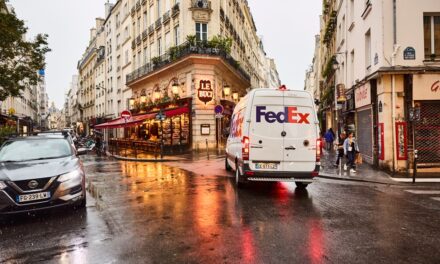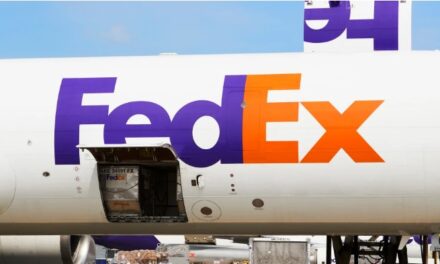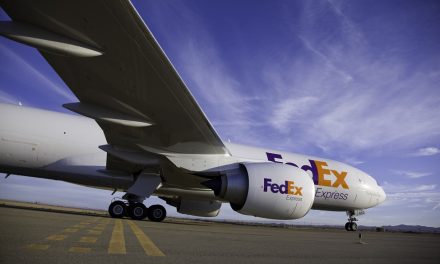
Cross Border Commerce

Kawal Preet, Senior Vice President, Operations, North and South Pacific, FedEx Express, considers the challenges and opportunities of cross-border commerce in the digital era. Kawal will be speaking at the World Mail & Express Asia Conference 2019.
Challenges facing logistics business
At FedEx, we are innovating and adapting our business based on three trends we are seeing: a) availability and adoption of new technologies to enhance the customer experience; b) Asia Pacific’s shift from a low-cost manufacturing center to a flourishing, multi-hub region connected through imports and exports to points all over the world; and c) the rise of small and medium-sized businesses and e-tailers who are changing the way we deliver. We are creating possibilities for customers in the region to stay competitive in an increasingly globalized marketplace.
APAC urbanization
By 2035, 49 of the top 100 cities by GDP will be in the Asia Pacific region. By 2050, at least eight of the top 20 economies will be in Asia. With a growing population and middle class, regional supply chain hubs having sprung up from Guangzhou to Shanghai to Osaka and Singapore giving APAC economies a bigger role in new networks. What we ship and who we ship to is also changing. Twenty years ago we wouldn’t have been shipping custom designed cranial pieces for a medical and healthcare firm – today we are. This transformation of evolved networks, new demands and new products has made Asia central to the supply chain revolution.
Technology is transforming transport and logistics beyond recognition
Our industry has moved from real-time package tracking – standard operating procedure done billions of times a day – to full digitization of the supply chain. Asia’s infrastructure and modern supply chains are evolving as technology changes the playing field. In a diverse region like Asia, technology is helping to streamline cross-border trade. AI is one example of how technology is enabling us to do that. Earlier this year FedEx announced it was testing the FedEx SameDay Bot – RoxoTM – an autonomous delivery device designed to help retailers make same-day and last-mile deliveries to their customers. This solution helps retailers address their customers’ rising expectations for same day delivery. FedEx is also introducing mobile robots into supply chain warehouses as well as a new fleet of in-facility autonomous robots to transport large and unwieldy packages. AI can help save time and lower costs which ultimately benefits customers.
2019 Trends and Opportunity
One global megatrend impacting logistics right now is personalization which is ushering in a new era of delivery for Asia’s entrepreneurs and small businesses, once only accessible to big global companies. FedEx ‘new normal’ of personalized logistics is all about connecting customers with greater convenience – same-day deliveries, more ‘last mile” choices including self-collection locations; new, advanced tracking that can nickname shipments and more. Moving into the future, customer experience is expected to overtake price and product as the key brand differentiator so the opportunity for Asia’s SMEs is now. SMEs must begin to offer greater flexibility – with the ability to customize and select day and delivery options – usually at no extra cost to an SME and its customers.
WMX Asia is taking place at the Mira Hong Kong (15 – 17 September 2019). Visit www.wmxasia.com for more information.












